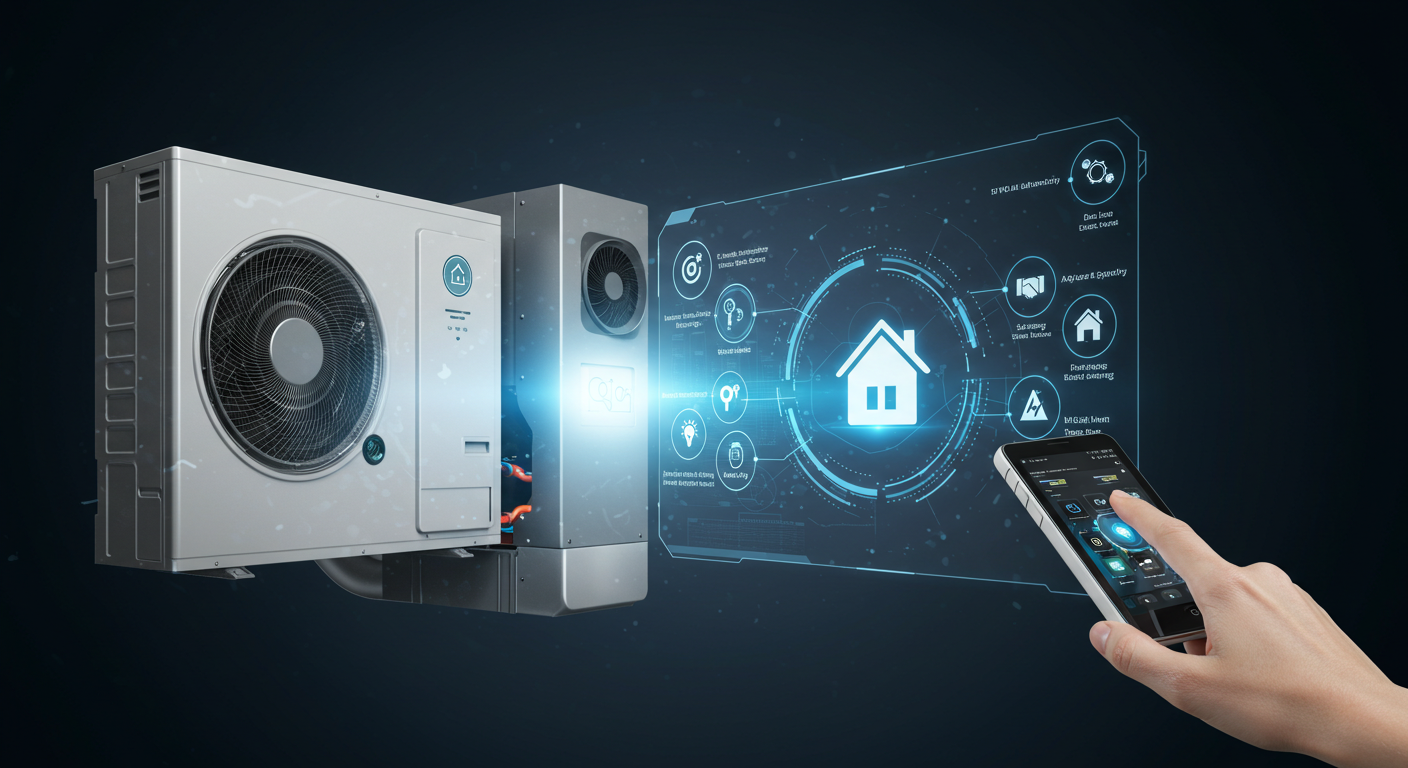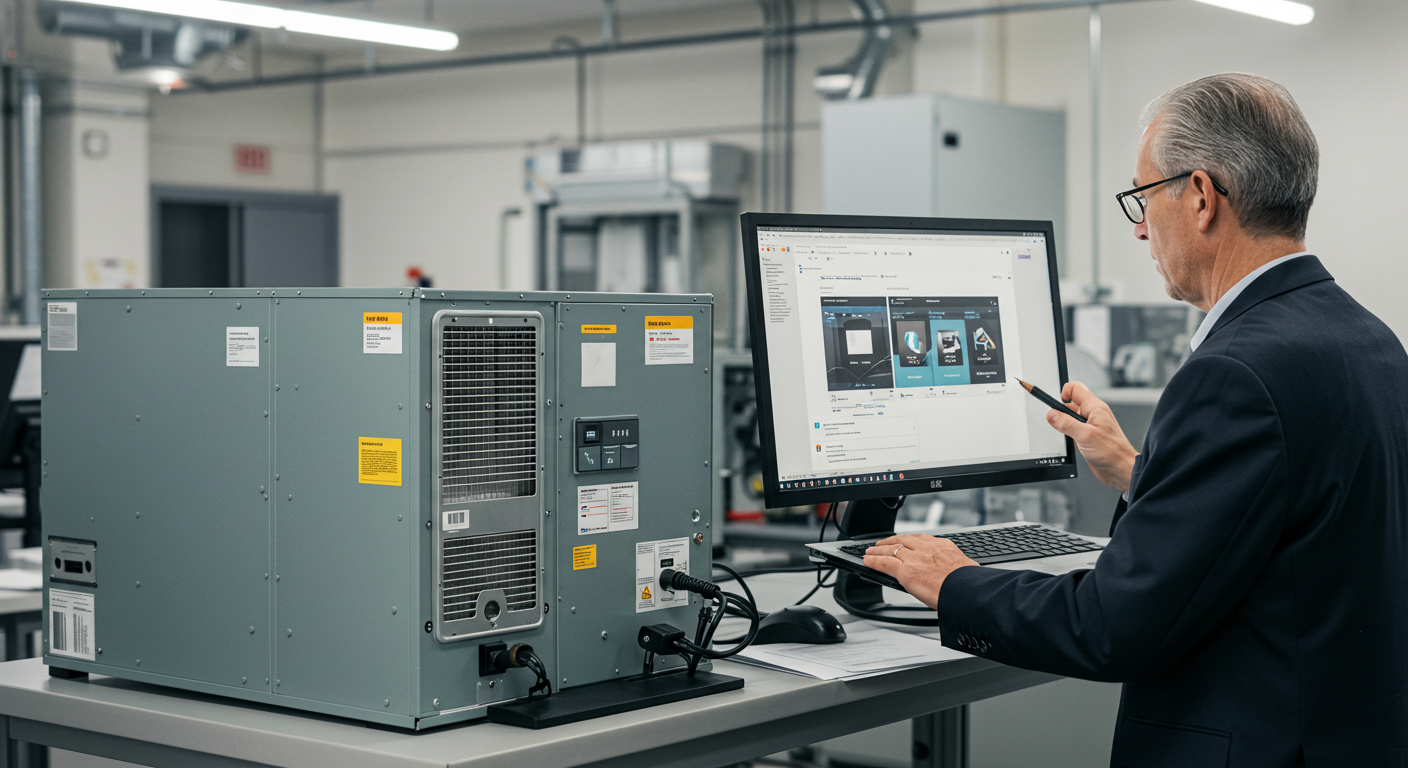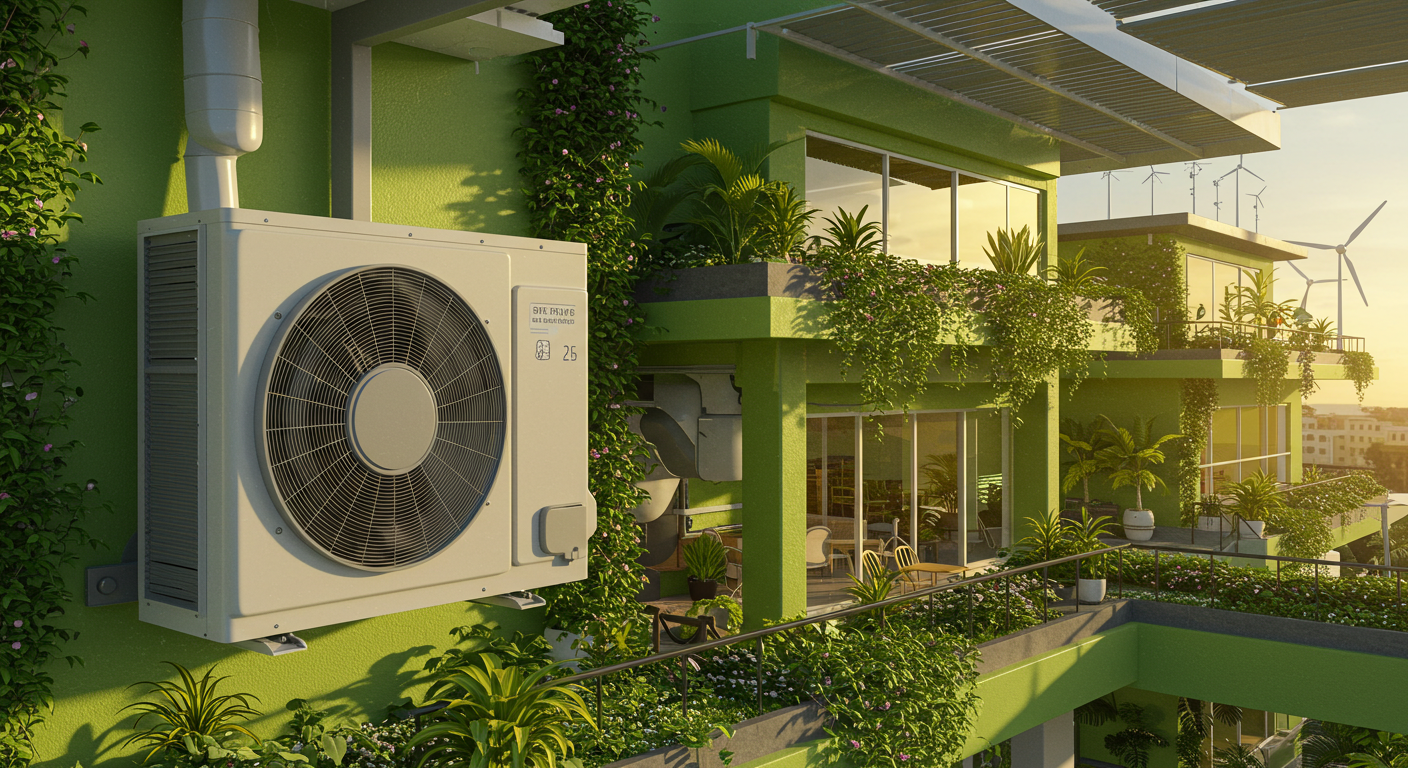The Importance of Mobile-Friendly Websites for HVAC Leads
In today’s fast-paced digital world, having a mobile-friendly HVAC website is crucial for capturing leads. With 58% of global web traffic coming from mobile devices, ensuring your website is optimized for mobile can significantly impact your HVAC business’s success. In this post, we’ll explore why mobile-friendly websites are vital for HVAC lead generation and how you can optimize your site to stay ahead of the competition.
Why Mobile Optimization Matters for HVAC Websites
Mobile optimization isn’t just a trend—it’s a necessity. HVAC websites with responsive designs see an 11% higher conversion rate than non-responsive ones. Industry-leading HVAC websites can achieve conversion rates above 15%, while typical sites average between 2% and 5%. Without a mobile-friendly design, you risk losing significant market share.
Boost Your HVAC Leads with Mobile-Friendly Design
For emergency HVAC services accessed via mobile, conversion rates range from 8–15%, driven by urgent consumer needs. A 32% increase in bounce rate occurs when page load times rise from 1 to 3 seconds on mobile, directly reducing lead capture. By adopting best practices like mobile-friendly navigation and touch-optimized calls-to-action, you can significantly boost lead capture from mobile users.
Responsive HVAC Website Design
Businesses with mobile-responsive websites enjoy up to 40% higher conversion rates compared to those without. Using responsive design and speed optimization techniques like image compression and efficient caching can improve SEO, lower bounce rates, and increase user engagement.
- Adopt mobile-first HVAC marketing strategies.
- Implement mobile HVAC site SEO practices.
- Focus on HVAC website mobile optimization.
Conclusion: Take Action for Mobile Success
To capture more HVAC leads, ensure your website is mobile-friendly. By focusing on responsive design and mobile optimization, you’ll enhance user experience and boost conversion rates. Remember, a mobile-first approach is key to staying competitive in today’s market.
Call to Action: Ready to optimize your HVAC website for mobile devices? Start implementing these strategies today and watch your leads grow!
FAQ: Mobile-Friendly HVAC Websites
What is a mobile-friendly HVAC website?
A mobile-friendly HVAC website is designed to provide an optimal viewing experience across all mobile devices, ensuring easy navigation and lead capture.
How can mobile SEO for HVAC improve lead generation?
Mobile SEO for HVAC enhances visibility and ranking on search engines, making it easier for potential clients to find your services and convert into leads.
What are the benefits of a responsive HVAC website design?
A responsive HVAC website design offers improved user experience, higher conversion rates, and better SEO rankings, ultimately driving more leads.
How does page load speed affect HVAC mobile website leads?
Faster page load speeds reduce bounce rates and improve user engagement, leading to higher capture rates for HVAC mobile website leads.
Why is mobile-first HVAC marketing important?
Mobile-first HVAC marketing prioritizes mobile users, ensuring that your marketing efforts effectively reach and convert this growing audience.







